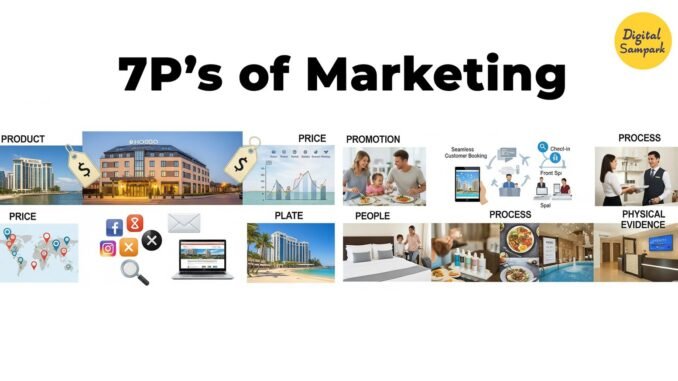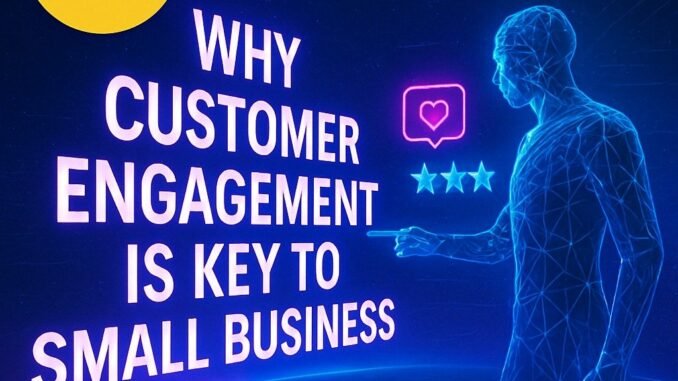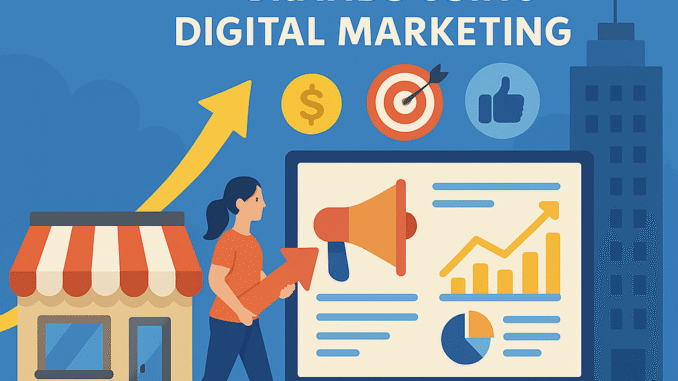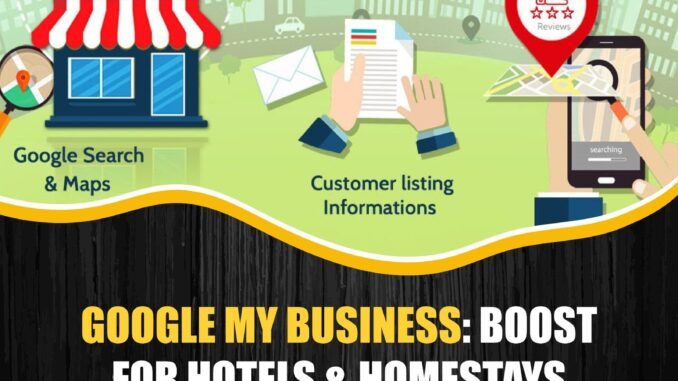
7 P’s of Marketing in the Hospitality Industry: A Detailed Guide for Hotels & Homestays
In the fast paced and highly competitive hospitality industry, simply offering a room is no longer enough. To attract today’s modern traveler and stand out in a crowded market, hotel and homestay owners must adopt a strategic marketing approach. The 7 P’s of Marketing Product, Price, Place, Promotion, People, Process, and Physical Evidence offer a complete framework to evaluate, refine, and grow your business holistically.
Here’s a detailed breakdown of how each element applies to the hospitality sector:
1. Product – Your Complete Guest Experience
In hospitality, your “product” is much more than just a physical space. It’s the entire guest journey, from the moment a customer discovers your property online to the memories they take home. Your product includes the design and cleanliness of the rooms, comfort of the bed, amenities like breakfast, spa, Wi-Fi, or concierge services, and even the emotions your property evokes.
For example, a boutique hotel in the hills might focus on peace and privacy, while a business hotel in the city might highlight convenience and efficiency. The key is to identify what sets your experience apart and build your brand story around that uniqueness.
2. Price – Offering the Right Value at the Right Time
Pricing plays a critical role in shaping perceptions and driving revenue. In hospitality, price should reflect not only the room size or location but also the overall value and experience you offer. Guests are often willing to pay more for comfort, trust, and a hassle-free stay especially when pricing is transparent and fair.Dynamic pricing models can help adjusting rates based on season, demand, local events, or weekends. Offering multiple pricing packages like “Room Only,” “Bed and Breakfast,” or “Work from Resort” also allows you to cater to different traveler types while increasing your average revenue per guest.
3. Place – Be Where Your Guests Are Looking
“Place” in the marketing mix refers to how and where your property is made available to potential customers. Today’s travelers discover, research, and book online. So, having a strong presence on OTAs (like Airbnb, Booking.com, MakeMyTrip), a mobile-friendly website, Google Business Profile, and Instagram or Facebook is no longer optional it’s essential. Also consider expanding your place strategy to include local travel agents, tour operators, or even corporate booking platforms. Being available on the right channels increases your visibility, reach, and ultimately, bookings.
4. Promotion – Telling Your Story, the Right Way
Promotion includes all the tools and tactics you use to attract, engage, and convert your audience. This can range from digital marketing such as social media posts, paid ads, email marketing, SEO, and video content to offline efforts like travel expos, collaborations with tourism boards, and local partnerships.But in hospitality, content truly is king. Highlight your unique selling points (USPs) whether it’s a heritage property, pet-friendly policy, eco-living concept, or city skyline view and showcase it through engaging content. Encourage guests to leave reviews, tag you on Instagram, and share their experiences. Word-of-mouth, even digitally, is one of the most powerful promotions in hospitality.
5. People – The Human Touch That Defines Your Brand
Your staff is the face of your property and one of the strongest pillars of your brand. From front desk executives and housekeeping teams to chefs and security personnel every interaction matters. Well trained, courteous, and responsive staff create a warm environment that guests remember long after checkout. Hospitality is all about personal connections. Small gestures a welcome drink, a personalized note, a birthday wish can make a guest feel special and turn a one-time visitor into a loyal customer. Regular training sessions, motivation programs, and feedback systems help in maintaining high service standards.
6. Process – Ensuring a Smooth and Consistent Experience
The “process” refers to all the behind-the-scenes workflows that contribute to a seamless guest experience from the moment of inquiry to booking, check-in, stay, and departure. Efficient processes reduce guest complaints, improve satisfaction, and boost operational productivity. Digital tools can make a big difference: online booking engines, automated confirmation emails, contactless check-in, digital room keys, and post-stay feedback forms all enhance guest convenience. Internally, smooth coordination between departments like front office, kitchen, and housekeeping ensures consistency and professionalism.
7. Physical Evidence – What Guests See, Feel, and Trust
In the hospitality industry, especially where services are intangible, physical evidence builds trust. This includes everything a guest can physically see or interact with: room aesthetics, lobby design, staff uniforms, signage, printed brochures, branded toiletries, and even the food presentation. In the digital world, physical evidence also includes your website quality, social media visuals, photos on OTAs, and online reviews. Investing in professional photography, responsive website design, and a consistent visual identity across platforms leaves a strong first impression and builds credibility often before the guest even visits your property.
Conclusion: Why the 7 P’s Matter More Than Ever
The 7 P’s of marketing offer a 360-degree view of your hospitality business. They help you identify gaps, build stronger systems, and differentiate your property in a competitive market. In an era where guest expectations are high and attention spans are low, this framework helps you focus on what truly matters from product innovation and guest experience to team performance and brand perception. Whether you’re running a boutique homestay, a chain hotel, or a luxury resort, regularly revisiting these 7 P’s ensures you’re not just surviving but thriving.
[…]




